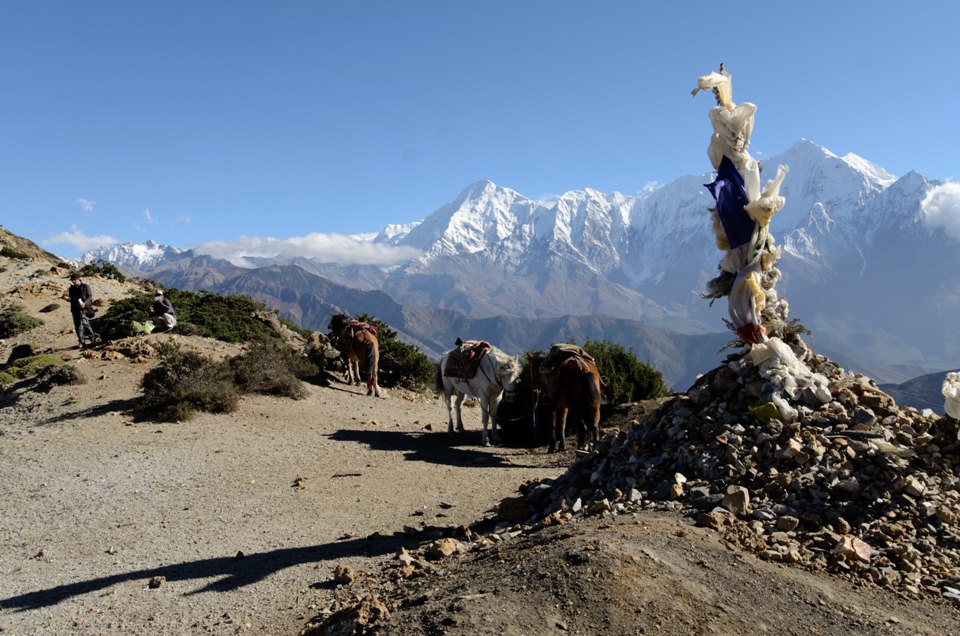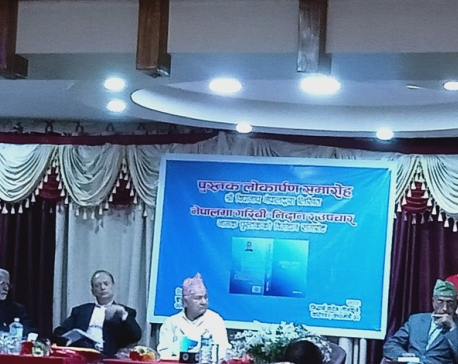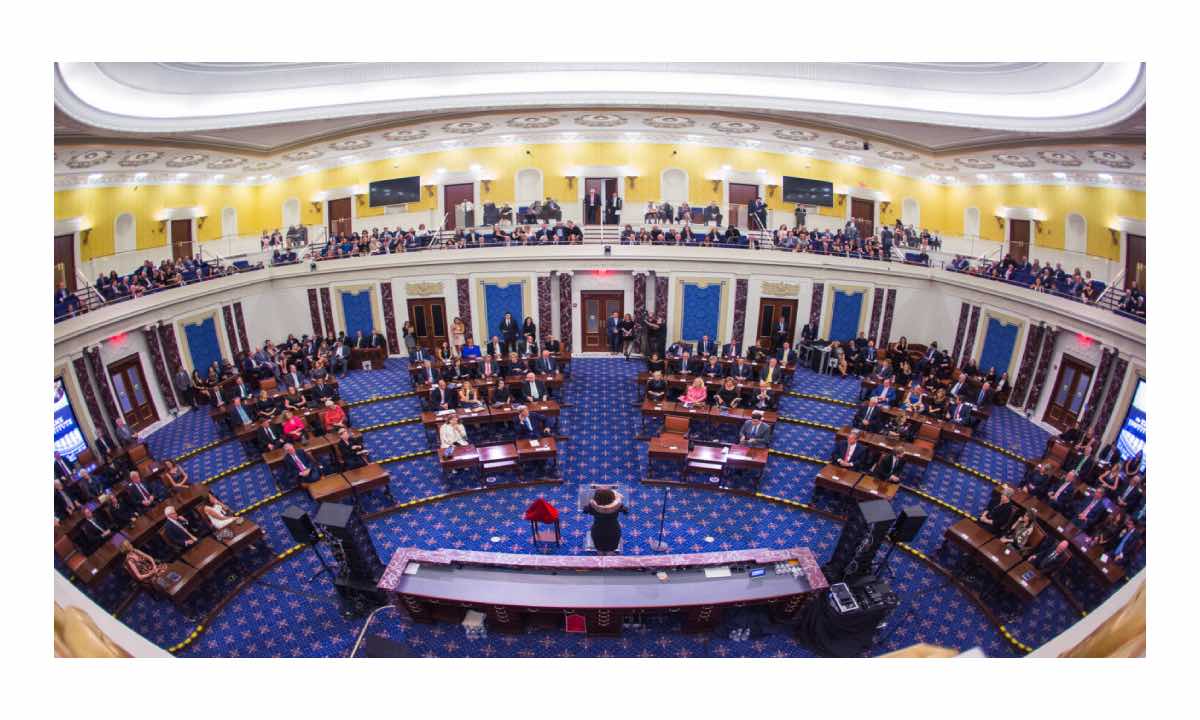
OR

More from Author
If we are to survive this pandemic and keep our tourism sector alive, we need to shake off the torpor, internalize learnings, adapt and innovate at a fast pace to take strategic move.
Nepal’s tourism sector has been gliding through a turbulent phase for many years now. The country has witnessed some major setbacks mostly tied to the People’s War (1996-2006), the devastating earthquake of 2015, numerous labor strikes, transport standstills, natural calamities and now a global pandemic. While Nepal once earned accolades as a pioneer in wildlife, trekking and rafting in the sub- continent—mostly owing to the foreign investments—the gains have been short-lived, and we seem to be tussling to climb up the ladder. Nepal’s SDG 8.9 target to host 30 million tourists by 2030 has already missed two milestones. In 2015, Nepal could only achieve 0.6 million tourists against a target of 0.8 million, followed by 1.2 million tourists against the target of 1.6 in 2019.
Tourism is akin to an orchestra and cannot flourish in isolation. It only thrives when the best combination of people and institutions are weaved together. As such, a focus on protecting and maintaining tourist destinations is pivotal for Nepal’s tourism to thrive. The World Heritage Site is a global platform to market quality tourist destinations, but our Natural World Heritage Sites are currently at risk of being delisted due to proposed construction of a highway inside Chitwan National Park. Meanwhile, municipal and industrial pollution is significantly degrading the quality of prime river and lake destinations such as Trishuli, Narayani, Rapti, Bagmati, Lumbini and Phewa Lake. Whereas, encroachment of towns and municipalities around the highways has resulted in extensive garbage deposits in the forests and rivers, with highway littering now a deleterious practice amongst domestic travelers.
While significant development of roadways particularly in remote regions has increased accessibility, lack of sustainable planning has led to negative impacts on the once idyllic tourism destinations of Nepal; in terms of aesthetic appeal as well as safety. Furthermore, unsustainable and haphazard development has resulted in defectively designed structures increasing soil erosion and consequently risk of landslides. We are now at a critical juncture where we stand to lose the charm of our villages and ancient towns that tourists travel from all over the world to see.
Continued neglect at the current rate, in protecting our natural and cultural assets is most likely to result in a sharp decline in Nepal’s attraction as a tourism destination and consequently tourist numbers in upcoming years. At the same time, technological advancements in tourism also means that tourists are turning to digital forums such as Trip Advisor as a barometer in choosing destinations. It is, therefore, essential that government and tourism enterprises upscale and maintain quality standards—in terms of safety, security, sanitation, pollution, human rights—to be able to compete in these tourism markets, rather than neglect developing these opportunities.
However, Covid -19 has geared down progress in this sector, particularly for tourism-based startups, as loans and liabilities continue to pile up. The government of Nepal has also failed to keep its commitment to provide Covid stimulus loans to businesses, leaving service providers such as airlines and hotels discouraged. We must explore alternative ways to navigate and respond to the pandemic from a long-term perspective to sustain our businesses, and it goes without saying that health and sanitation measures need to be prioritized in this scenario. Such measures could contribute in stabilizing domestic tourism markets, followed by opening to regional and international tourists as the situation improves.
For a country like Nepal, where per day spending stands at merely USD 50, attracting high quality tourists with good spending capacities is imperative, and can only be achieved by shifting focus towards creating safe access, security, quality accommodation and tranquil environments. As is well known, return on investments and business sustainability is governed by customer satisfaction and value for money, which is primarily derived from the quality of the service, affordability and authenticity of the destination. For example, home-stays have gained popularity among the tourists over the years for its authenticity, affordability and cultural attractions. Capacitating and facilitating such home-stays across Buffer Zones and Community Forests can boost eco-tourism in Nepal. For that matter, going an extra mile in ensuring cleanliness and sanitation will be a key to attract high value tourists.
Leveraging global hospitality platforms like Airbnb is yet another lucrative business that requires low investment and could be a game changer in the eco-tourism scenario of Nepal. Meanwhile Nepal’s Buffer Zones and Community Forests provide great opportunity for leveraging of concessional facilities for and provision of unique and signature nature-based experiences. More so, a collaborative approach among Buffer Zone and Community Forest Users’ Groups and private sector entrepreneurs could give a much needed head start to develop quality community-based ecotourism in Nepal.
Nepal has a lot to learn from countries such as Bhutan, UK, Thailand and Malaysia that have successfully promoted and proactively established tourism as a defining pillar in their economies. Bhutan’s tourism strategy of low volume high value tourism was the one that was adopted following footsteps of the UK and other European countries post World War II, to preserve their village identities. Consequently farm lands, vineyards and orchards gained huge popularity. Meanwhile the painstaking efforts made by the Philippines to revive its tourism after a decade long political upheaval is evident through the government’s active advocacy of tourism at the global stage through the widely promoted visa on arrival and other measures. If we are to survive this pandemic and keep our tourism sector alive, we need to shake off the torpor, internalize learnings and adapt and innovate at a fast pace to take strategic move and move ahead.
The author is Deputy Director at Partnerships, WWF Nepal.
You May Like This

New measures needed to reduce poverty post pandemic: Economist Wagle
KATHMANDU, May 26: Economist Swarnim Wagle on Wednesday said the government needs to connect social protection to poverty, vulnerability and inequality... Read More...
_20201014060614.jpg)
Nepal abstains from voting as UNHRC adopts resolution against Sri Lanka's human rights record
KATHMANDU, March 23: Nepal has chosen to abstain from voting in the United Nations Human Rights Council on a resolution... Read More...

Govt should prioritize Miss Nepal: Miss Nepal Shrinkhala Khatiwada
MAKWANPUR, April 24: Newly crowned Miss Nepal World 2018, Shrinkhala Khatiwada has urged the government to prioritize the pageant as... Read More...





Just In
- Political party leaders express commitment to ensure consensus to promote investment in the country
- Ilam by-election update: UML's Nembang continues to lead in vote count
- Demystifying labeled Feminism
- Japanese Foreign Minister to visit Nepal next week
- Bajhang by-election update: NC candidate ahead by 249 votes
- Aid for war: On the United States Senate and aid package
- NEA Provincial Office initiates contract termination process with six companies
- Nepal's ready-made garment exports soar to over 9 billion rupees















Leave A Comment